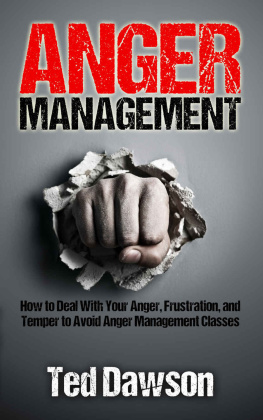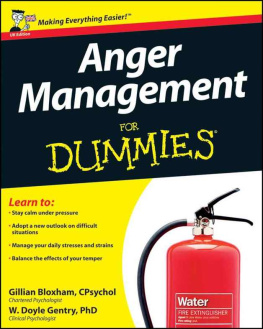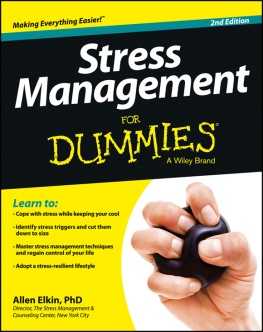Copyright 2019 by Eva Selhub, MD
All rights reserved. No part of this book may be reproduced in any manner without the express written consent of the publisher, except in the case of brief excerpts in critical reviews or articles. All inquiries should be addressed to Skyhorse Publishing, 307 West 36th Street, 11th Floor, New York, NY 10018.
Skyhorse Publishing books may be purchased in bulk at special discounts for sales promotion, corporate gifts, fund-raising, or educational purposes. Special editions can also be created to specifications. For details, contact the Special Sales Department, Skyhorse Publishing, 307 West 36th Street, 11th Floor, New York, NY 10018 or .
Skyhorse and Skyhorse Publishing are registered trademarks of Skyhorse Publishing, Inc., a Delaware corporation.
Visit our website at www.skyhorsepublishing.com.
10 9 8 7 6 5 4 3 2 1
Library of Congress Cataloging-in-Publication Data is available on file.
Cover design by Abigail Gehring
Cover illustration by iStockphoto
Print ISBN: 978-1-5107-3050-2
Ebook ISBN: 978-1-5107-3051-9
Printed in China
I lovingly dedicate this book to my parents,
my beacons of love,
Jacob and Shirley Selhub.
Contents
Introduction
Why Stress Is Normal

The truth will set you free, but first it will piss you off.
Gloria Steinhem
I n the early years of my spiritual studies, I truly believed that my job as a spiritual guide and rational physician was to stay clearheaded, loving, and peaceful. For me, showing anger was simply a no-no. The problem was that I failed quite miserably and often, especially while driving in my hometown of Boston.
On one such occasion, while driving home from work, another driver pulled in ahead of my car without warning, causing me to step on my breaks suddenly. I, of course, honked my horn several times and in response, the driver flipped me the bird. Obscenities flew out of my mouth. How dare he throw an offensive gesture at me when he was in the wrong! How dare he risk my life! I fumed.
Within a few minutes of blowing up, I started to feel guilty. I thought to myself, How could you do that? You are a spiritual person and a meditator and you just lost it. Good people dont swear at other people. The Dalai Lama never would have behaved this way! It was the last line about the Dalai Lama that stopped me in my ranting and raving tracks. I actually started laughing as my thoughts switched to, Who are you comparing yourself to exactly? Not only are you not his Holiness, but you have no desire to be him either. In addition, the Dalai Lama doesnt drive. He has drivers. He, therefore, does not have to deal with crazy drivers. Lightening up with laughter also allowed me to take a momentary step back from my anger and observe the statement Good people dont swear at other people. It made me question myself: What does that mean? If I swear and act human, I am not good? Is that even true?
My inner dialogue had given me pause. It led me to realize that my anger, the emotion itself, was actually appropriate for the circumstance. My life had been put in danger, and I was made to feel insignificant and disregarded. What may not have been so appropriate was the intensity and the way I expressed my anger, which did little good for me or anyone else. It certainly did not help me feel any better, although temporarily the cursing did enable me to release some of my pent-up energy.
So I asked myself why. Why did I react the way I did, and was it possible to react differently? Was it possible for me to maintain a sense of peace and calm, despite feeling disrespected? And did my reaction have anything to do with me judging myself as not being good, or somehow bad?
When I got home, I sat quietly, meditated, and reflected. I thought about being cut off in traffic and connected with the feelings of being disrespected, insignificant, invisible, not good, and not enough. When I tapped into these negative feelings, I realized they were not new to me. I had felt this way countless times before. Each of these negative experiences, in turn, gave evidence to my negative self-image.
I understood then that the situation itself didnt make me feel these feelings but rather brought them out in me; that my history of having had similar hurtful experiences had caused me to feel invisible or unworthy in one shape or form and that these pre-existing hurts or wounds were causing me to react when provoked. In other words, I realized that my anger may have been appropriate given the situation, but the emotional outburst was a product of my deep hurtsdeep hurts within me that not only caused me to overreact with anger, but also provided me with ongoing evidence that I was insignificant or not good enough.
I understood that as long as I lived my life looking through a lens that led me to see myself as not enough, there would be a higher chance of me getting triggered and angered by life events. If I was attacking me, it would take very little to push me overboard into believing that someone else or the world was attacking me. I also realized that there were many times that I did not look through such a negative lens; the times I did look through this negative lens were when I was depleted, tired, stressed, or unhappy.
Put yourself in this scenario: If you are in a good mood and reading your book and I tap you on the shoulder to get your attention, it may annoy you slightly. But if I tap you on the shoulder where you happen to have a gaping wound festering, you would scream high holy murder and likely slap my hand. You are already in pain and having a hard time concentrating, and here I come, totally oblivious to your discomfort, and hurt you. You would be outraged and act out. You might also then feel guilty or ashamed for hitting me once you realize that I was just trying to get your attention and meant no harm. If the wound did not already exist, would you not have simply been annoyed with my mindless behavior? Would you have gotten so angry?
Probably not.
The Hurt Can Heal
My take-home message was that if I wanted to be able to stay blissful despite distress, I was going to have to be able to heal my old hurts. As long as these hurts were alive and present, situations could trigger a reaction that would always bypass my logical brain and ultimately generate a stress reaction infused with rage or fear.
If I wanted to live my life happily, not only was I going to have to do something about these wounds, but I had to work on feeling more valued within myself, know I was inherently good, and take better care of myself in every possible waythrough nurturing my body and mind with healthy eating, sleeping, exercising, and thinking more loving thoughts toward myself. The more valued I felt, the less seriously I would need to take myself and most things in life, as I wouldnt feel threatened.
That day, I began creating techniques and healing processes that would soothe the hurt, create a sense of calm and peace, and ignite the feeling of being valued rather than the feeling of being disrespected or invisible. I found that the more I practiced these techniques, the calmer I became as a person. Better yet, I found that if I was upset, I could calm myself enough to use the tension or stress that I was feeling to motivate positive rather than hurtful action.

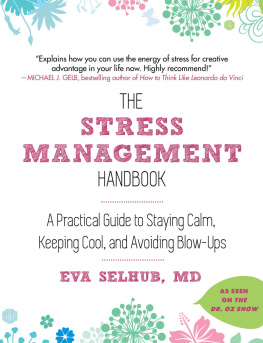
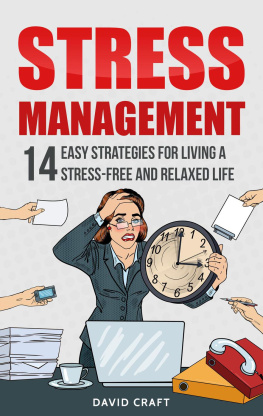
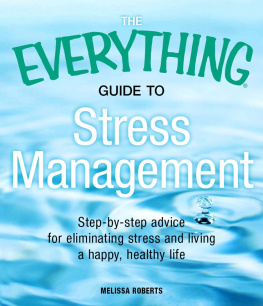

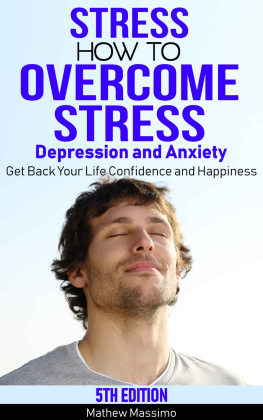
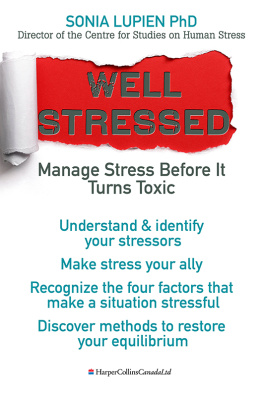
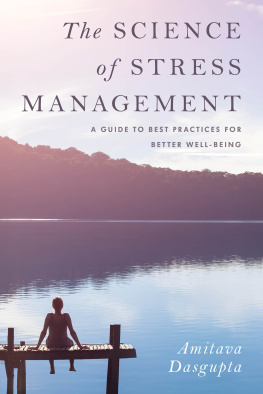
![Elizabeth Anne Scott - 8 keys to stress management : [simple and effective strategies to transform your experience of stress]](/uploads/posts/book/102232/thumbs/elizabeth-anne-scott-8-keys-to-stress-management.jpg)

